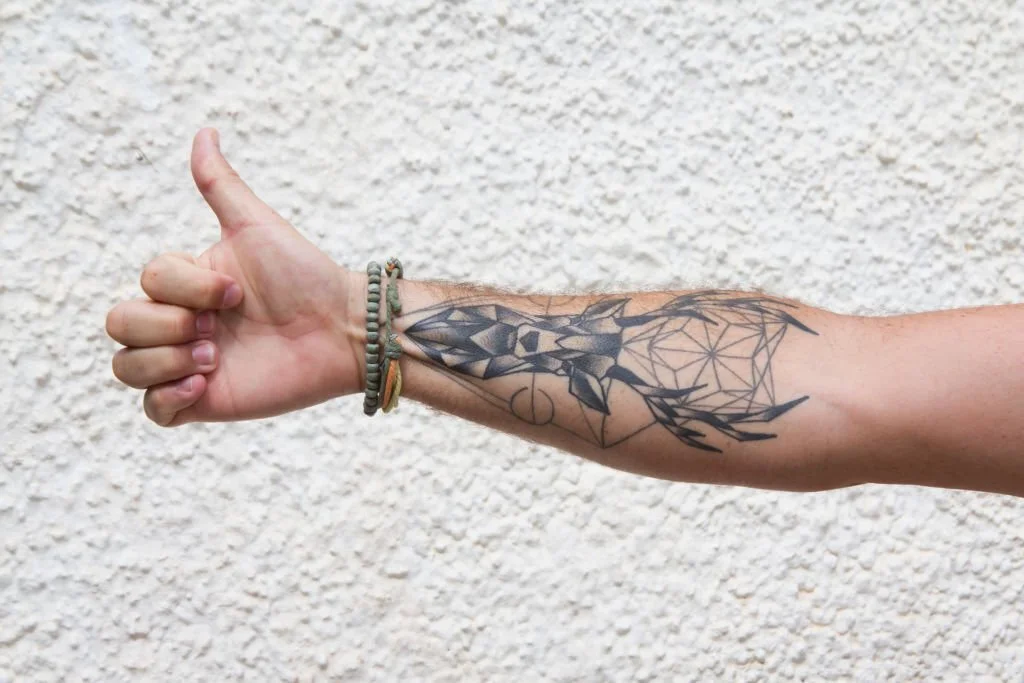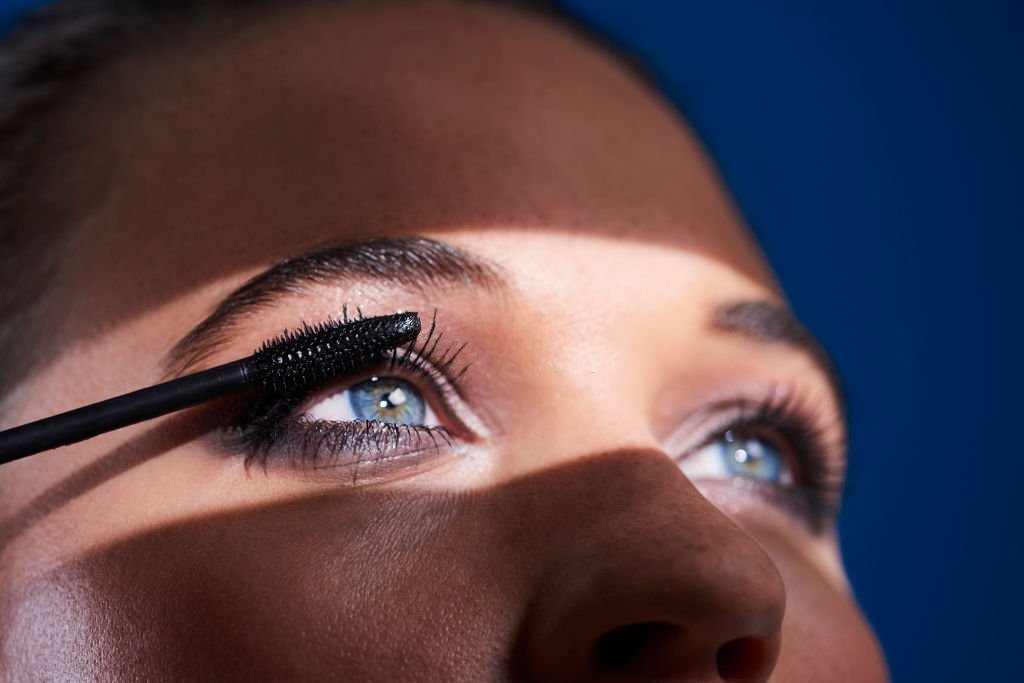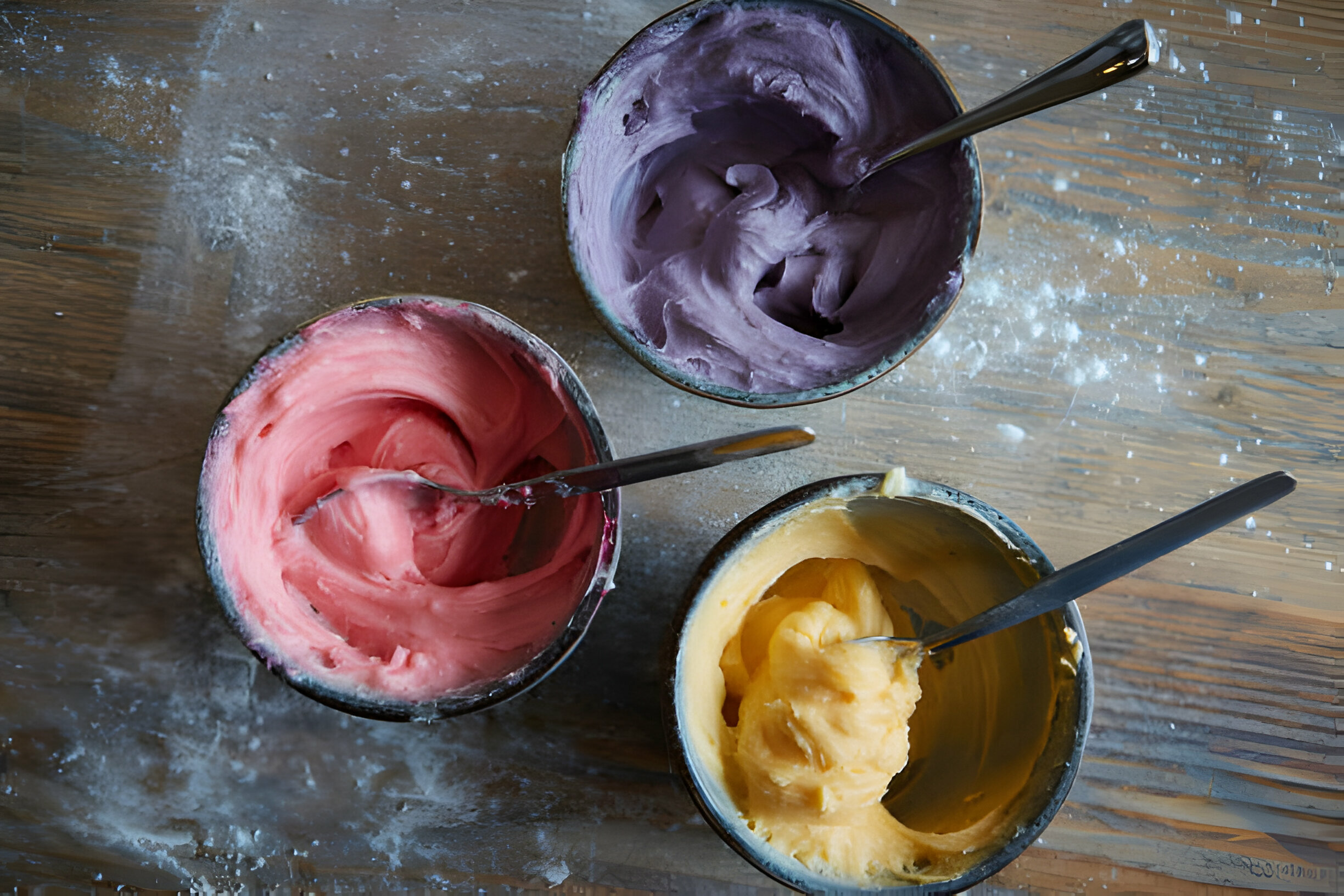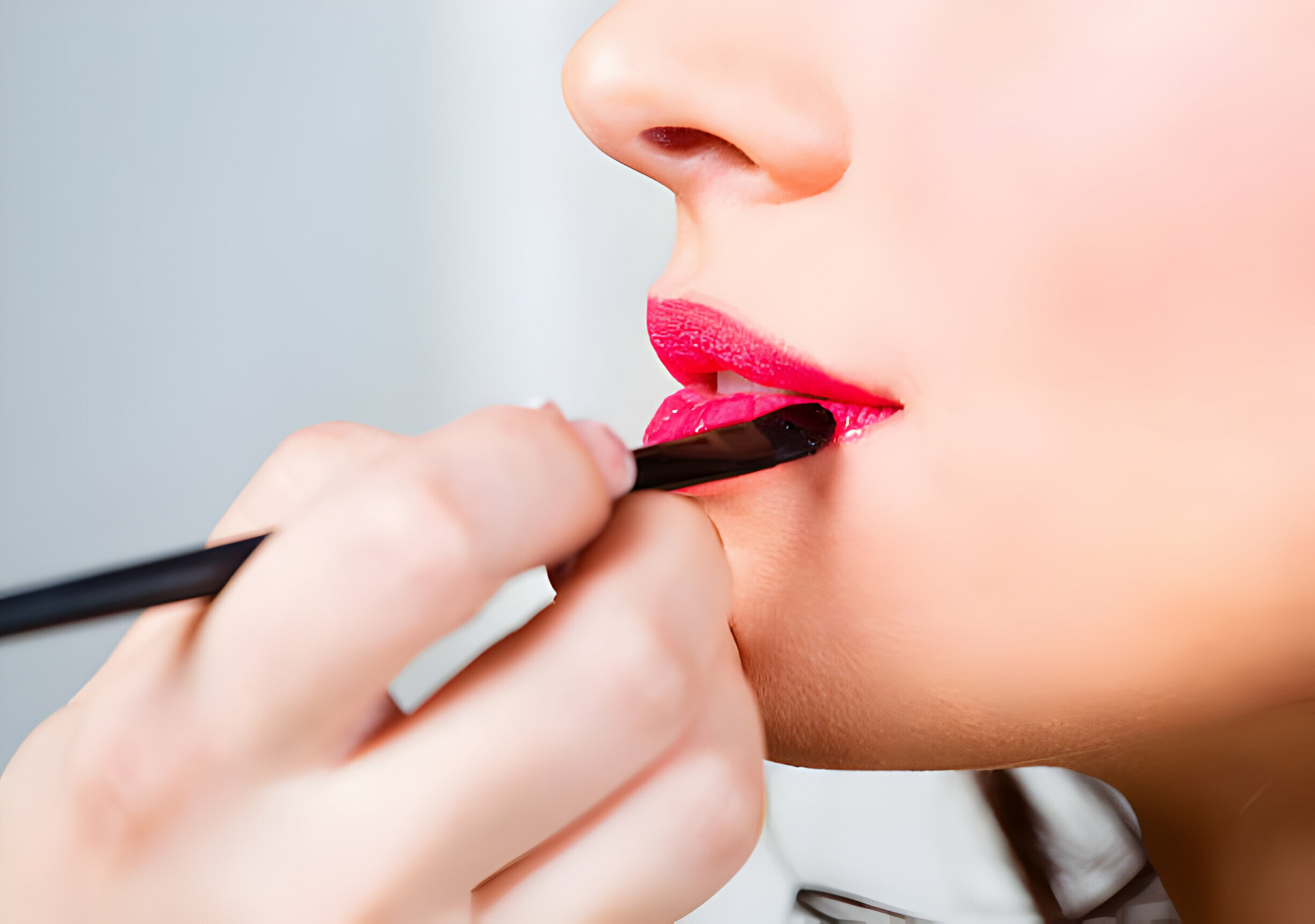Does Numbing Cream Work For Tattoos?
- What Is Numbing Cream?
- Does Numbing Cream Work for Tattoos?
- Do Tattoo Artists Use Numbing Cream? Unveiling the Artist’s Toolkit
- Different Types Of Numbing Creams For Tattoos
- What Supplies Do You Need for Tattoo Numbing?
- How To Properly Apply Tattoo Numbing Cream?
- Benefits and Drawbacks
- Tattoo Aftercare With Numbing Cream Usage: A Comprehensive Approach
- FAQs
- Conclusion
Tattoos have long been a powerful form of self-expression, but the discomfort of the tattooing process can deter even the most enthusiastic individuals. Enter numbing creams, promising relief from the sting of needles and the burn of ink.
This article delves into the question: does numbing cream work for tattoos? By examining the science behind these creams, the intricacies of the tattooing process, and real-world experiences, we aim to unravel the effectiveness of numbing creams and provide a comprehensive guide for those considering this option to make their tattoo journey less painful.
What Is Numbing Cream?
Numbing cream, often called topical anesthetic, is a specialized formulation designed to alleviate pain and discomfort when applied to the skin’s surface. This cream contains active ingredients that temporarily numb the nerve endings in the skin, reducing or blocking the transmission of pain signals to the brain.
While numbing creams have diverse applications, from minor medical procedures to cosmetic treatments, they have gained notable attention for their potential role in tattoo pain management.
Does Numbing Cream Work for Tattoos?
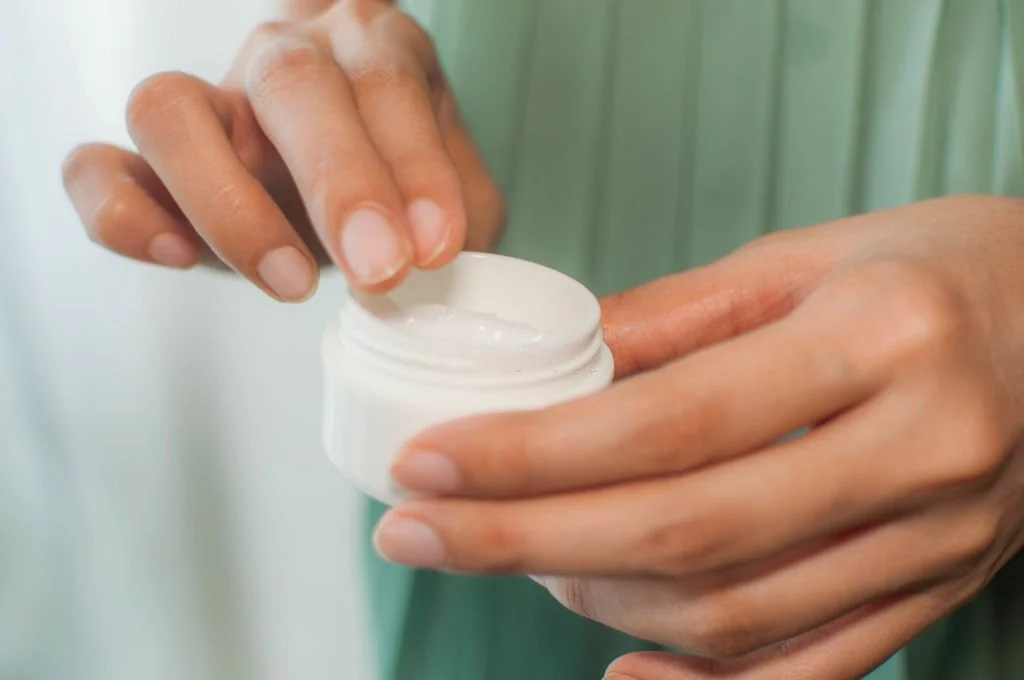
Yes, numbing cream can effectively reduce the pain of getting a tattoo. Numbing creams typically contain ingredients like lidocaine, benzocaine, or prilocaine, which temporarily numbs the nerves in the skin. When applied properly before the tattooing process, the cream can help minimize or dull the sensations of pain and discomfort. The effectiveness of numbing cream varies among individuals due to skin type, pain tolerance, and tattoo depth and location.
Do Tattoo Artists Use Numbing Cream? Unveiling the Artist’s Toolkit
Yes, many tattoo artists use numbing cream during the tattooing process to help their clients manage pain and discomfort. Numbing cream can be particularly useful for long tattoo sessions or for clients who have a low pain tolerance. By applying numbing cream to the skin before starting the tattoo, artists can create a more comfortable experience for their clients, allowing them to sit through longer sessions without excessive discomfort. Not all tattoo artists use numbing cream, as some fear it might affect the process or hinder pain feedback. The choice depends on the artist’s personal preference. Clients interested in using numbing cream should discuss their options with their tattoo artist.
Different Types Of Numbing Creams For Tattoos
Numbing creams are a potential solution for tattoo discomfort, with different formulations offering unique benefits. Understanding these creams can help individuals make informed decisions about pain management during their tattoo journey.
1. Over-the-counter (OTC) Numbing Creams
These are readily available numbing creams that can be purchased without a prescription. They usually contain lower concentrations of active ingredients, making them suitable for minor skin procedures and less intricate tattoos. While effective for reducing mild pain, their potency might not be sufficient for more extensive or intricate tattoo sessions.
2. Prescription-Strength Numbing Creams
Recommended for more intensive tattoo sessions, prescription-strength numbing creams contain higher concentrations of anesthetic agents like lidocaine or prilocaine. These creams are usually provided under medical supervision and are tailored to individuals with varying pain thresholds. Tattoo artists might suggest or collaborate with clients to determine the best prescription for their needs.
3. Topical Anesthetic Gels
In addition to cream-based formulations, some tattoo artists also utilize topical anesthetic gels. These gels are easy to apply and provide a controlled and consistent numbing effect. Their transparency can be advantageous for artists seeking to maintain a clear view of the tattoo area during the procedure.
4. Pre-Packaged Numbing Cream Kits
Some tattoo studios offer pre-packaged numbing cream kits, combining various creams, gels, or sprays to provide a comprehensive pain management solution. These kits may include step-by-step instructions on application and dosage, simplifying the process for clients and artists.
5. Tattoo-Specific Numbing Creams
Tailored for the unique demands of tattooing, these creams are formulated to minimize interference with ink absorption and overall tattoo quality. Tattoo-specific numbing creams are designed to ensure that the numbing effect doesn’t compromise the final aesthetic of the artwork.
6. DIY Numbing Creams
While not recommended due to potential risks, some individuals may attempt to create numbing creams using home ingredients. However, this approach needs to be more precise regarding dosage and safety, and it can result in adverse reactions or inadequate pain relief.
What Supplies Do You Need for Tattoo Numbing?
- Numbing cream.
- Clean cotton swabs or gloves.
- Cleanse skin.
- Plastic wrap or sterile bandage.
- A clean, damp cloth.
How To Properly Apply Tattoo Numbing Cream?
Applying numbing cream before a tattoo can significantly enhance the overall experience by minimizing discomfort. To ensure its effectiveness and your safety, follow these step-by-step guidelines for applying tattoo numbing cream:
- Choose the Right Numbing Cream: A high-quality tattoo numbing cream is crucial for a painless experience. Look for products containing lidocaine or benzocaine, as they are effective topical anesthetics. Ensure the cream is specifically formulated for tattoos and has been approved by relevant health authorities to guarantee safety.
- Clean and Dry the Skin: Before applying the numbing cream, thoroughly clean the tattoo area with mild soap and water. Pat the skin dry gently with a clean towel. Removing dirt or oils ensures the numbing cream can penetrate the skin effectively.
- Apply a Thin Layer: Using a clean applicator or your fingertips (with gloves, if possible), apply a thin, even layer of the numbing cream to the tattoo site. Be cautious not to overapply, as excess cream won’t enhance the numbing effect and may cause skin irritation.
- Massage the Cream: Gently massage the numbing cream into the skin using circular motions. This helps the cream to be absorbed more effectively. Ensure you cover the entire tattooed area evenly. Don’t rub too hard, as it may irritate the skin.
- Cover with Plastic Wrap (Optional): You can cover the tattooed area with plastic wrap to enhance the numbing effect. This creates a barrier that prevents the numbing cream from drying out and promotes deeper absorption into the skin. Leave the plastic wrap on for the recommended time specified by the numbing cream’s instructions.
- Allow Adequate Absorption Time: Different numbing creams have varying activation times. Follow the instructions provided with your chosen product to determine how long you should leave the cream on the skin. Typically, it ranges from 20 to 60 minutes. Use a timer to ensure accurate application time.
- Remove Excess Cream: Carefully remove any excess numbing cream with a clean, damp cloth once the recommended time has elapsed. Ensure the tattoo area is clean and free from residue before the tattooing begins.
Benefits and Drawbacks
| Aspect | Benefits | Drawbacks |
|---|---|---|
| Cost | 1. Cost-effective solution for various needs. | 1. Initial setup costs can be high. |
| Flexibility | 2. Adaptable to different requirements and changes. | 2. Limited flexibility in certain situations. |
| Scalability | 3. Easily scalable to accommodate growth. | 3. Scaling may require additional resources and planning. |
| Implementation Time | 4. Quick implementation and deployment. | 4. Initial setup may take longer for complex systems. |
Tattoo Aftercare With Numbing Cream Usage: A Comprehensive Approach
Tattoo aftercare is crucial, even with numbing cream used during the tattooing process, as it ensures optimal healing and longevity of the new tattoo.
- Listen to Your Tattoo Artist’s Instructions: Your tattoo artist is the best source of aftercare advice specific to your tattoo. They will provide detailed instructions, including how to care for your tattoo, what products to use, and any specific considerations due to the use of numbing cream. Please pay close attention to their recommendations and follow them diligently.
- Leave the Bandage: After completing your tattoo, your artist will likely cover it with a sterile, non-stick bandage or plastic wrap. This initial covering is crucial for protecting your tattoo from outside contaminants and promoting the healing process. Leave the bandage on for the time your tattoo artist recommends, typically a few hours.
- Gently Remove the Bandage: Once the recommended time has passed, carefully remove the bandage by peeling it off slowly. If it sticks to your tattoo, dampen it with lukewarm water to ease removal. Avoid forcefully pulling the bandage off, as it can damage the tattoo and disrupt the healing process.
- Cleanse the Tattoo: Gently cleanse your tattooed area using mild, fragrance-free soap and lukewarm water. Avoid harsh cleansers, alcohol-based products, or rough scrubbing motions, as they irritate the skin. Gently pat the tattoo dry with a clean, soft towel.
- Apply a Thin Layer of Antibacterial Ointment: After cleansing, apply a thin layer of a recommended, fragrance-free, and petroleum-based antibacterial ointment to your tattoo. This helps keep the area moisturized, prevents infection, and supports healing. Be sure to follow your tattoo artist’s instructions regarding the frequency of application.
- Moisturize Regularly: After applying antibacterial ointment, transition to a fragrance-free, non-comedogenic tattoo aftercare lotion or moisturizer. Apply a thin layer to the tattooed area several times daily to keep the skin hydrated and prevent excessive dryness, which can lead to scabbing and potential complications.
- Avoid Picking or Scratching: Resist the urge to pick, scratch, or peel the scabs or flakes that may form on your tattoo. It’s a natural part of the healing process, and interfering with it can result in scarring or color loss. Let the scabs fall off naturally.
- Protect from Sun Exposure: Protect your tattoo from direct sunlight and tanning beds during healing. UV rays can fade the tattoo and cause skin damage. If you must be in the sun, use a broad-spectrum sunscreen with a high SPF and apply it generously to the tattooed area.
- Avoid Soaking or Submerging in Water: Prevent your tattoo from soaking in water, such as baths, hot tubs, or swimming pools, until it is fully healed. Prolonged exposure to water can soften the scabs, leading to color loss or infection. Take quick showers, and avoid scrubbing the tattooed area.
- Monitor for Infection or Allergic Reactions: Keep a close eye on your tattoo for any signs of infection, such as increased pain, redness, swelling, pus, or fever. Contact your healthcare provider or tattoo artist immediately if you notice any concerning symptoms or experience an allergic reaction to the numbing cream or aftercare products.
FAQs
Is Numbing Cream Safe For Tattooing?
Yes, numbing cream is generally safe for tattooing when used as directed and under the guidance of a healthcare professional or tattoo artist.
What Is The Cost Of Tattoo Numbing Cream?
The cost of tattoo numbing cream varies, ranging from around $20 for over-the-counter options to higher prices for prescription-strength formulations, depending on the brand and quantity.
How Long Can You Leave Numbing Cream On Before A Tattoo?
Typically, numbing cream should be left on the skin for 30 minutes to one hour before a tattoo session.
Is It Okay To Use Numbing Cream Before A Tattoo?
Numbing cream before a tattoo is generally okay and can help minimize pain.
What Is Lidocaine?
Lidocaine is a local anesthetic commonly used in medical and cosmetic procedures, including tattooing, to numb the skin and reduce pain sensations temporarily.
Conclusion
Numbing creams for tattoos offer relief from discomfort but may not eliminate all sensations. Their effectiveness varies based on skin type and cream application. Consultation with a tattoo artist and medical professional is crucial for informed decision-making. Balancing pain management, safety, and the desire for a well-healed tattoo requires careful consideration and communication with experts.
Jillian Ruffo
As a Beauty Care and Wellness Writer, of liveandfeel I focus on the holistic concept of wellness, encompassing mental, physical, and emotional health. I create engaging content that informs and empowers readers to prioritize self-care. My content celebrates diverse definitions of beauty and encourages self-love. I explore natural ingredients, cutting-edge beauty technologies, and mindfulness practices, fostering a sense of well-rounded well-being. My goal is to inspire readers to prioritize self-care and discover the latest trends in beauty.

